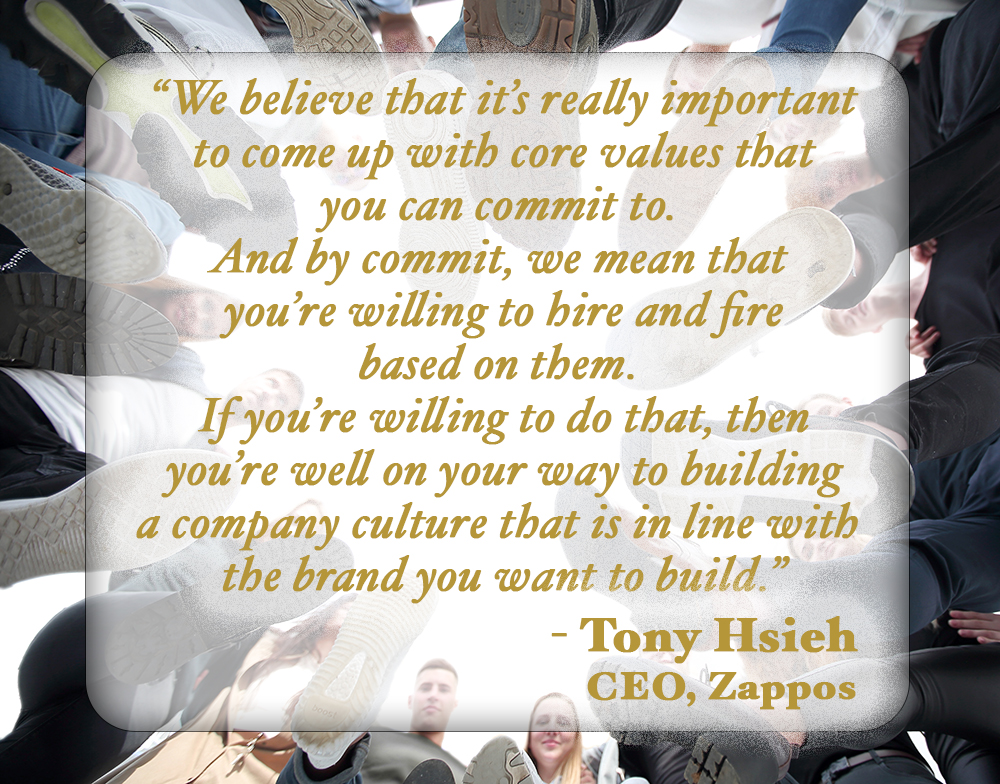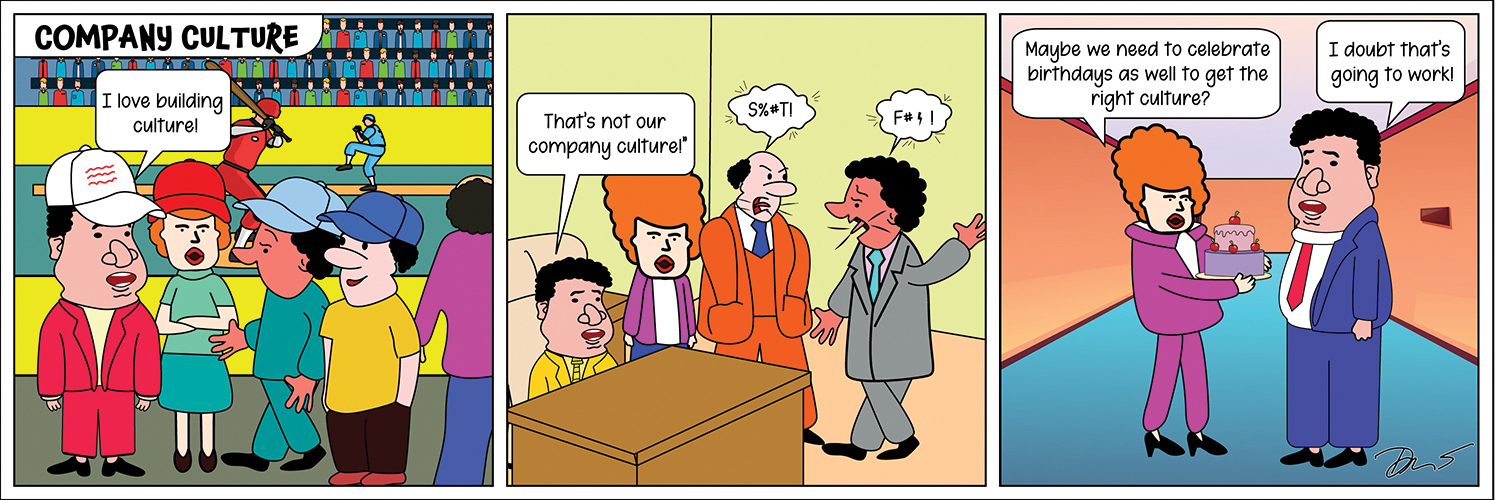Jack was frustrated … “living through a closed office during Covid was bad enough; now there’s an endless stream of requests to work from home (WFH). How can we possibly get our collaborative culture back?” he asked. “Our history has been one of hiring new college graduates and having them informally mentored by the senior staff. It used to be commonplace for a person to walk into the office next door when stumped with a particular problem. That just doesn’t happen when that person is at home. And it seems like this new environment is here to stay!”
Cindy started the group. “It seems like those who primarily work from home will be at a real career disadvantage … how can they get promoted into a management position when they’ve pretty much mostly worked alone?”
Juan Carlo chimed in, “I had to demote someone from a supervisory position because they didn’t want to come into the office. Now … how long will I be able to keep them? On the other hand, we’ve started to see a shift in attitude; we’ve seen some new grads who were forced to take classes remotely; they hated it. Now they actually want to come into the office and interact with their colleagues.”
“That gives me some hope,” responded Jack.
“When I started working at Hewlett Packard (HP), I was fully engaged. I had never been so enthused about my work,” said Don. “Not only that, but it seemed like many others felt the same way, which I found very intriguing. I later learned that was all by design. Bill Hewlett, even though he was an engineer, came to the belief that culture was one of the most critical aspects to a high performing organization. He off-loaded his technical leadership role to focus on creating a system to ensure the desired culture. He created this whole blueprint he called ‘The HP Way’. He also decided the only way to make it scalable was to make first level supervisors responsible for the culture. When I was promoted into my first management position, I was immediately enrolled in HP’s leadership training program along with a bunch of other new managers. Through a series of training exercises, we were taught ‘the HP way’ and how to create the desired entrepreneurial spirit in our department. We were also told to pick an upper-level manager to be our mentor to make sure we got it. Clearly some were better than others at it and they continued to move upward.”
“My nephew works at HP,” chimed in Sarah. “I don’t think he’s experiencing that same culture, Don. What happened to ‘the HP way’?” “It started downhill the day I left!” retorted Don. “No, seriously, I started to see the culture erode while I was still there. After Bill Hewlett’s retirement, higher-level external execs were brought in from companies that did not share his belief about the importance of culture; promoting from within declined and so did the commitment to culture.”
“My observation,” reported Charlie, “is that business owners really don’t think about creating culture until they’ve got more than 20 – 25 employees. They think their personality will rule the day; which it will in a smaller organization … but that’s not always a good thing! After all, everyone has their personality shortfalls … OK, maybe not Mother Theresa! Business owners think that taking employees to a baseball game or having a company picnic is all they need to do. While the activities are fun for most and people do get to interact casually with others they rarely work with, activities aren’t enough to create culture.”
“Don’s experience at HP matches mine,” noted Cindy. “My advice, Jack, for an organization your size, is to develop a system that creates, even forces, the mentoring interaction you think is so important; and put the responsibility on the first level supervisors. Maybe put together a small team of some of your best managers to develop the system. We all know that company loyalty comes from the relationship between an employee and their direct supervisor; so create a system that enhances that relationship and teaches the supervisor how to nurture that loyalty. The other thing that’s important is to set up a way to measure what the culture is; are you getting the culture you want? We do an annual employee survey to measure ours.”
“Great advice, Cindy”, responded Juan Carlo. “What do I do if I don’t have a small team of really good managers?”
“Stop it,” chided Cindy. “If you don’t, that’s on you! Have you ever noticed the culture at In-N-Out or Chick-fil-A? Those are companies that know the culture they want, know out to screen for it during the interview and train their employees in it starting day one and train their managers on maintaining it … very impressive for sure! If they can do it with high school students, I think we can do it too.”
——–
If you’ve ever wondered what you could learn from your peers, found yourself feeling a bit lonely at the top and/or wanting to get feedback / confirmation from trusted colleagues, yet had no inner circle of trusted confidantes to turn to, this is your chance to give Inner Circle CEO Peer Groups a try.
Request to participate in an actual session at no cost with no obligation to join and a 90-day money back guarantee.


QUESTION OF THE MONTH

Did you notice a new feature this month?
If you did, email DonSando@StrategicResultsGroup.com with what you believe it was. Those with correct answers will be entered into a raffle for a $25 gift card! No multiple choice on this one … you have to find it yourself! 😁




